This fun Barns Architecture art lesson connects with barns in California History. It is a great way to teach perspective and architecture to middle grades. This project covers Common Core Standards for Math and History for grades 4-5 which can be found at the end of the lesson.
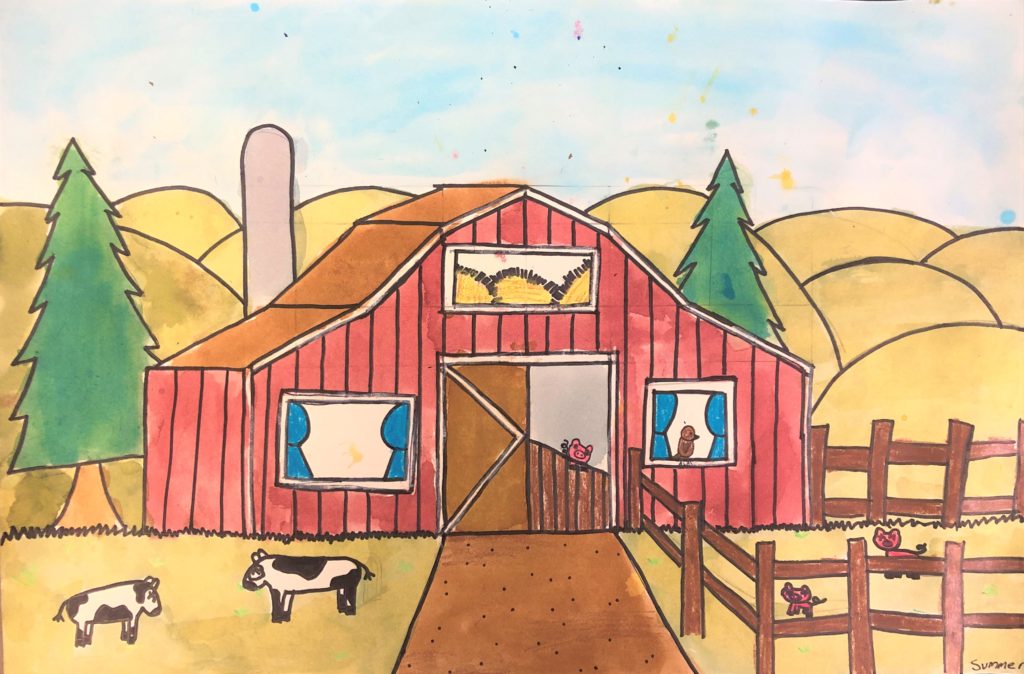
Grade Level
4th, and 5th Grades – The examples here were made by 4th graders.
Objective
In this Barns Architecture Art lesson, students will connect their study of California Ranchos to designing a barn on a farm.
Time
4 – 60 min lessons
Materials
- Pencils
- Ruler
- Crayons
- 12×18 Watercolor paper – Canson XL Series Watercolor Textured Paper Pad for Paint, Pencil, Ink, Charcoal, Pastel, and Acrylic, Fold Over, 140 Pound, 12 x 18 Inch, 30 Sheets
- Brushes – Acrylic Paint Brush Set, 1 Packs / 10 pcs Nylon Hair Brushes for All Purpose Oil Watercolor Painting Artist Professional Kits
- Liquid Water Colors – Sargent Art 22-6010 10-Count 8-Ounce Watercolor Magic Set
- Or this mini version for homeschooling – Sargent Art 22-6210 10-Count 4-Ounce Watercolor Magic
- Kleenex for blotting paint
- Sharpie Marker – Sharpie Permanent Marker, Fine Point, Black, Pack of 5
Inspiration/Artist
I was inspired to make this project after I saw this idea: Click Here
You can purchase the unit from Deep Space Sparkle: Click Here
Instruction with Questions
Day 1
Students watch videos about Architecture and Famous Buildings around the World. These can all be found on Youtube:
I am an Architect – The History of Architecture: Click Here
How to Become an Architect? CareerBuilder Videos from funza Academy.: Click Here
10 Strangest Buildings In The World: Click Here
Famous buildings in the world – famous structures of the world: Click Here
How High Can Skyscrapers Go? – Cheddar Explores: Click Here
Day 2-4
Students view images of Barns on Google Images. Ask students to identify what they see in the images.
- Is the Barn sitting on or below the horizon line?
- Where are the trees? Where are they large and where are they small?
- Fences
- Hills in the distance
- Lines that cover the barn either horizontally or vertically
Students practice drawing a barn. From here, I recommend using Deep Space Sparkle’s directions. I purchased the unit for architecture where there are much deeper instructions. I believe you need to be a member to access this at this time. It is worth it! Depending on the age and level of your students, you may want to create a template that they trace for the exterior of their barn to get them started. I found that the fence is tricky to teach, but worthwhile to include. I did this with my students in smaller groups. The key is to create horizontal lines, and perspective lines properly.
After they pencil in their Farm scene, have them use Sharpie Markers on all pencil lines. Next, any areas that are small, like animals or apples in the tree are colored in with crayons. Finally, I set out stations with liquid watercolor for them to paint their scenes. I made a dirty looking red for parts of the barn, and a variety of greens for the foreground, middle ground and background hills.
Here are some finished Barns Architecture pieces!
Common Core Standards
4th Grade – Math
Measurement and Data
Solve problems involving measurement and conversion of measurements from a larger unit to a smaller unit.
3. Apply the area and perimeter formulas for rectangles in real-world and mathematical problems. For example, find the width of a rectangular room given the area of the flooring and the length, by viewing the area formula as a multiplication equation with an unknown factor.
Geometry
Draw and identify lines and angles, and classify shapes by properties of their lines and angles.
1. Draw points, lines, line segments, rays, angles (right, acute, obtuse), and perpendicular and parallel lines. Identify these in two-dimensional figures.
4th Grade – History (California)
4.1 Students demonstrate an understanding of the physical and human geographic features that define places and regions in California.
4. Identify the locations of the Pacific Ocean, rivers, valleys, and mountain passes and explain their effects on the growth of towns.
5. Use maps, charts, and pictures to describe how communities in California vary in land use, vegetation, wildlife, climate, population density, architecture, services, and transportation.
4.2 Students describe the social, political, cultural, and economic life and interactions among people of California from the pre-Columbian societies to the Spanish mission and Mexican rancho periods.
5. Describe the daily lives of the people, native and nonnative, who occupied the presidios, missions, ranchos, and pueblos.
5th Grade – Math
Measurement and Data
Convert like measurement units within a given measurement system.
1. Convert among different-sized standard measurement units within a given measurement system.
2. Make a line plot to display a data set of measurements in fractions of a unit (1/2, 1/4, 1/8).
5th Grade – Math – Geometry
Graph points on the coordinate plane to solve real-world and mathematical problems.
2. Represent real-world and mathematical problems by graphing points in the first quadrant of the coordinate plane, and interpret coordinate values of points in the context of the situation.
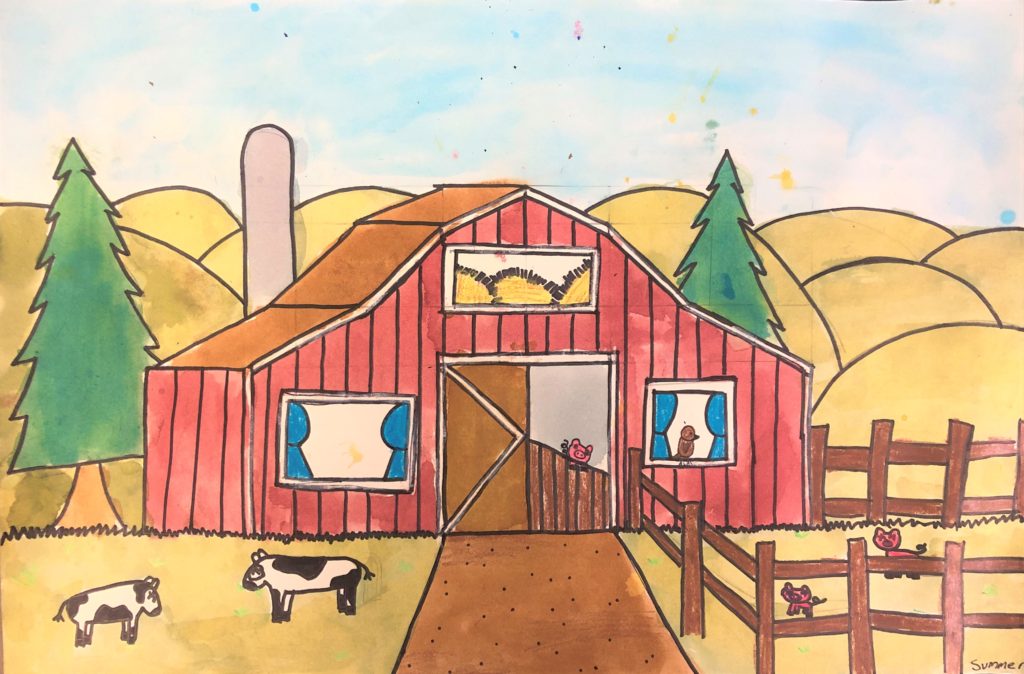



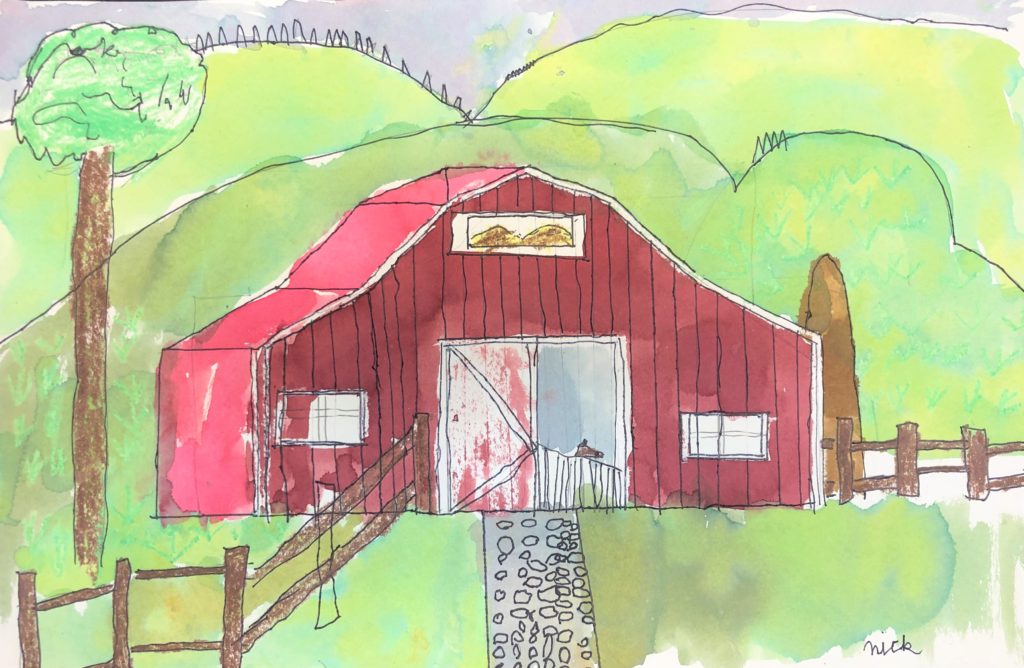

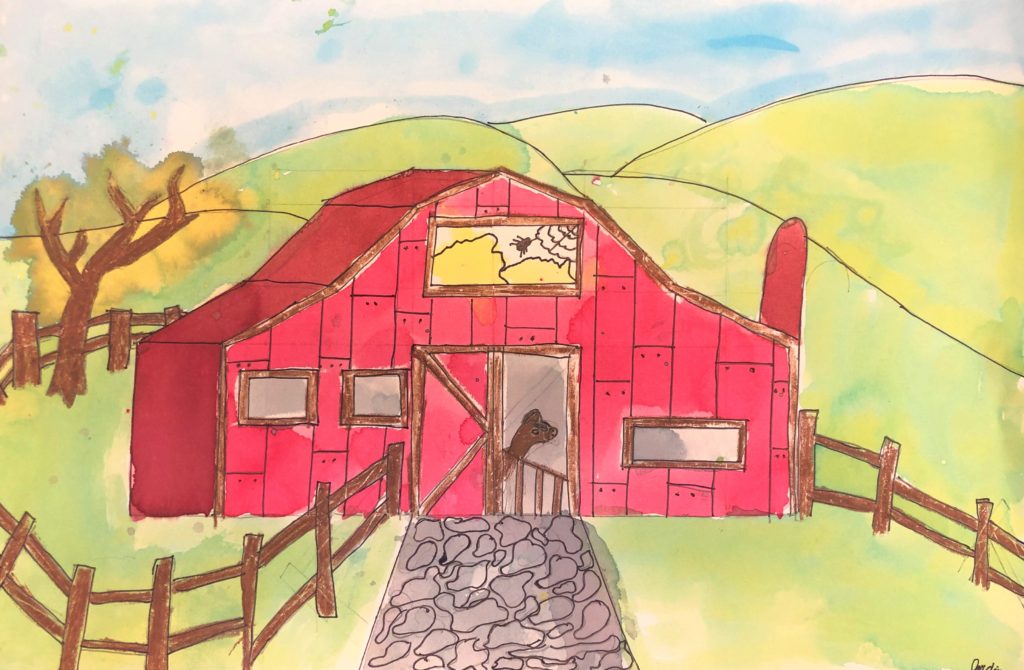
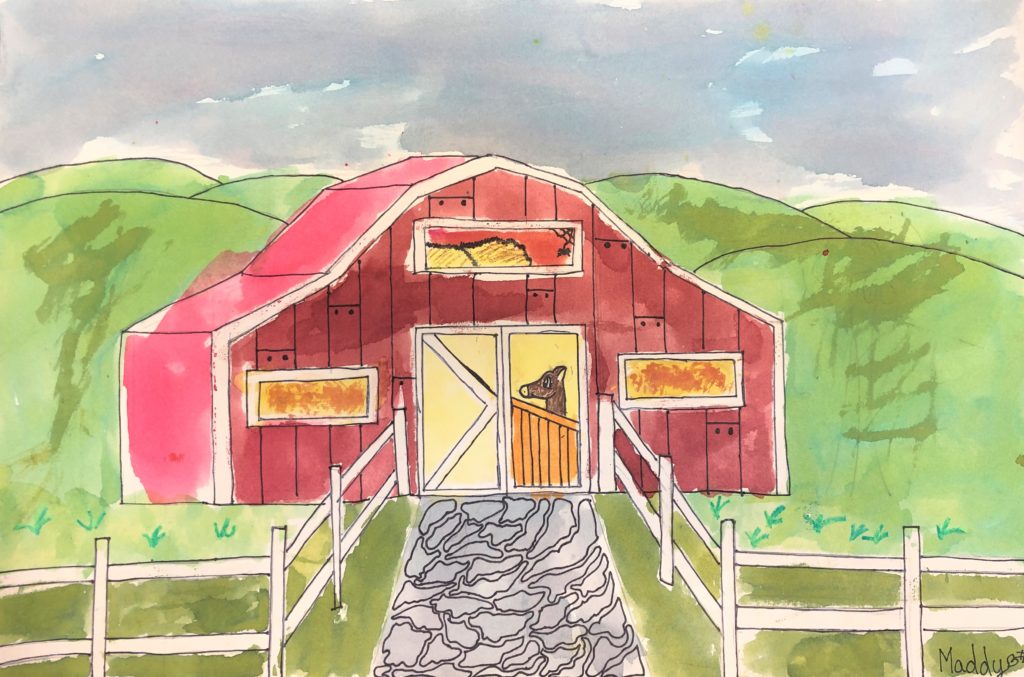

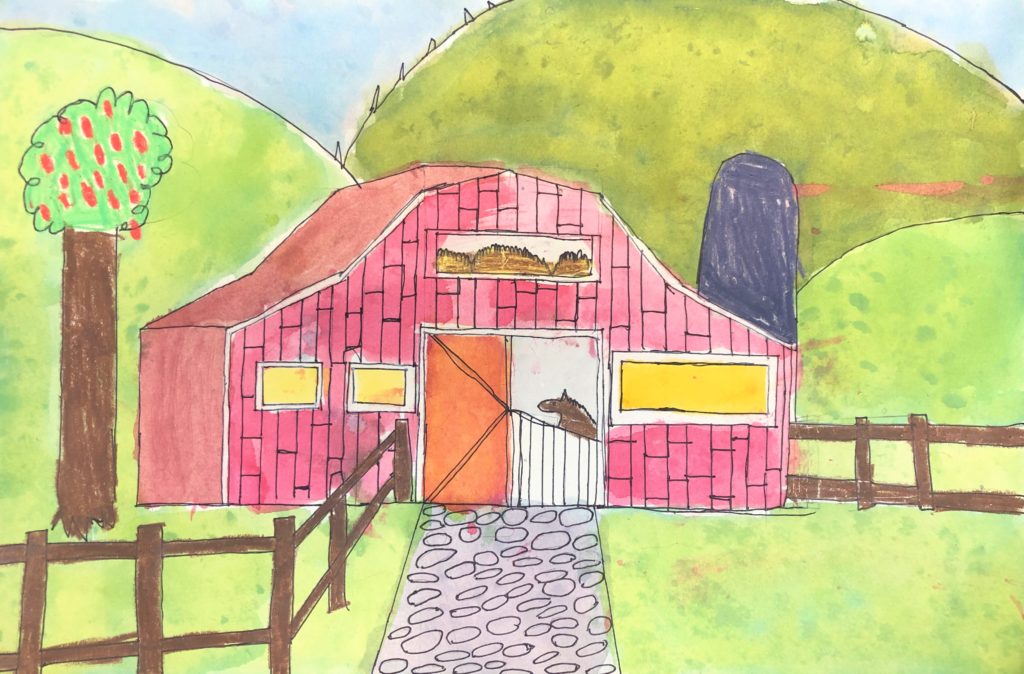
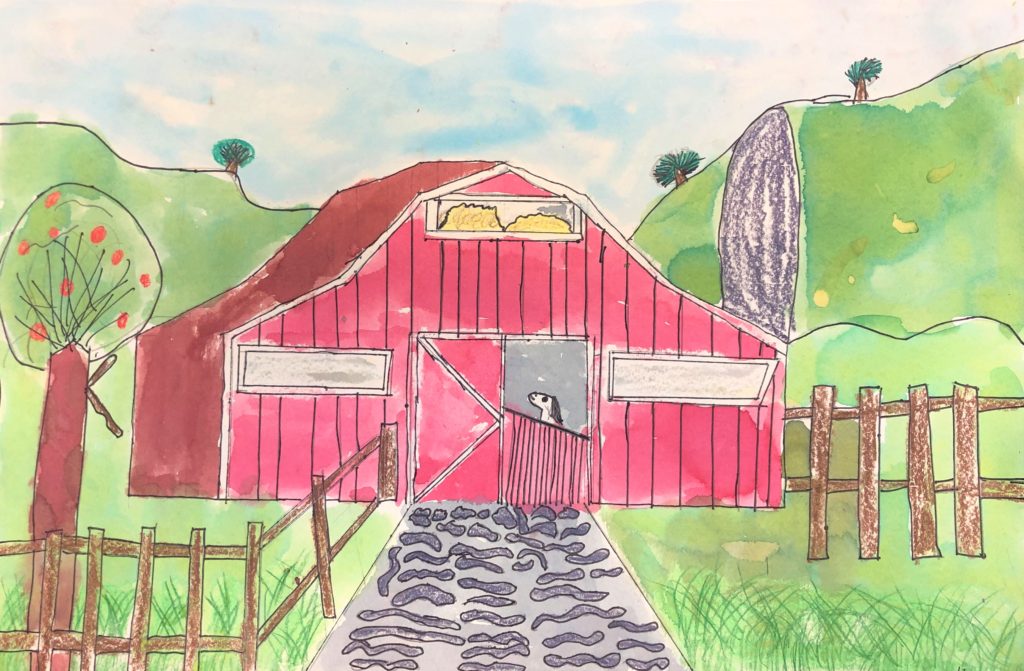
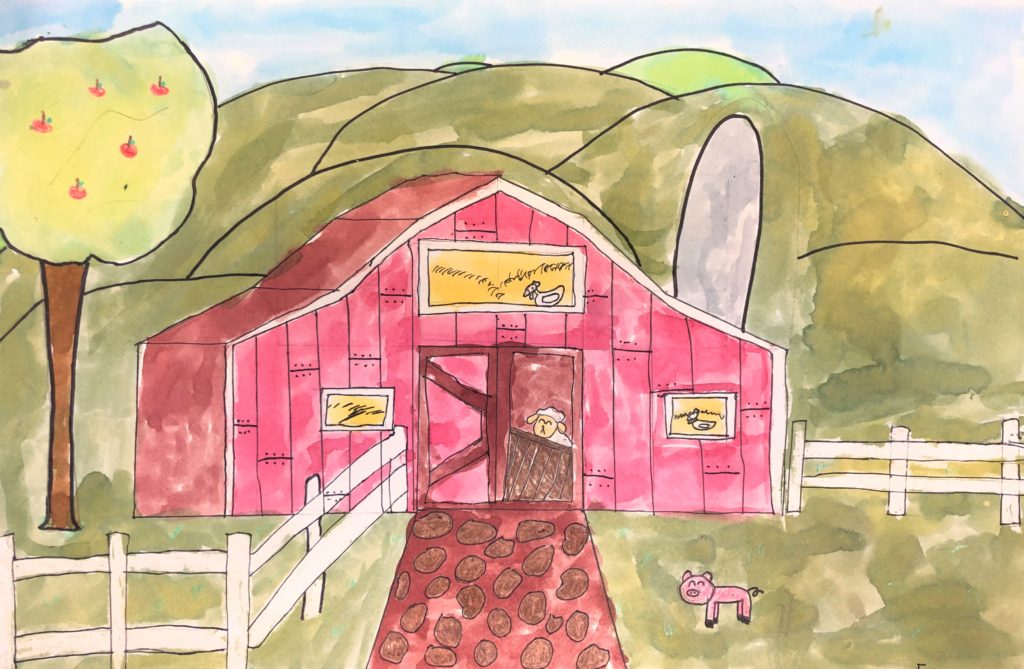
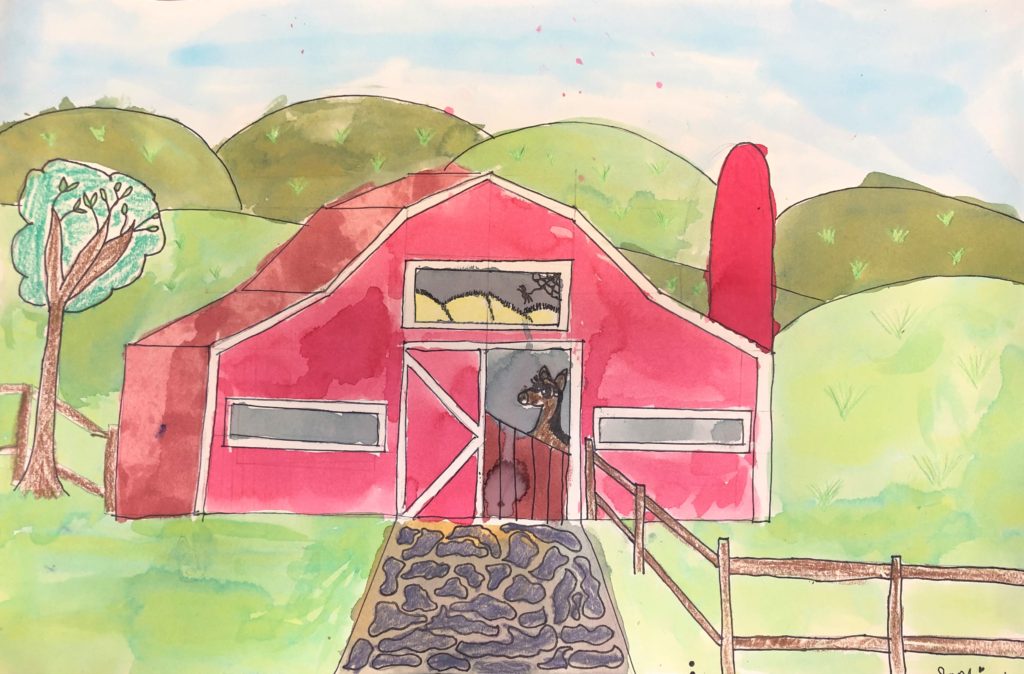


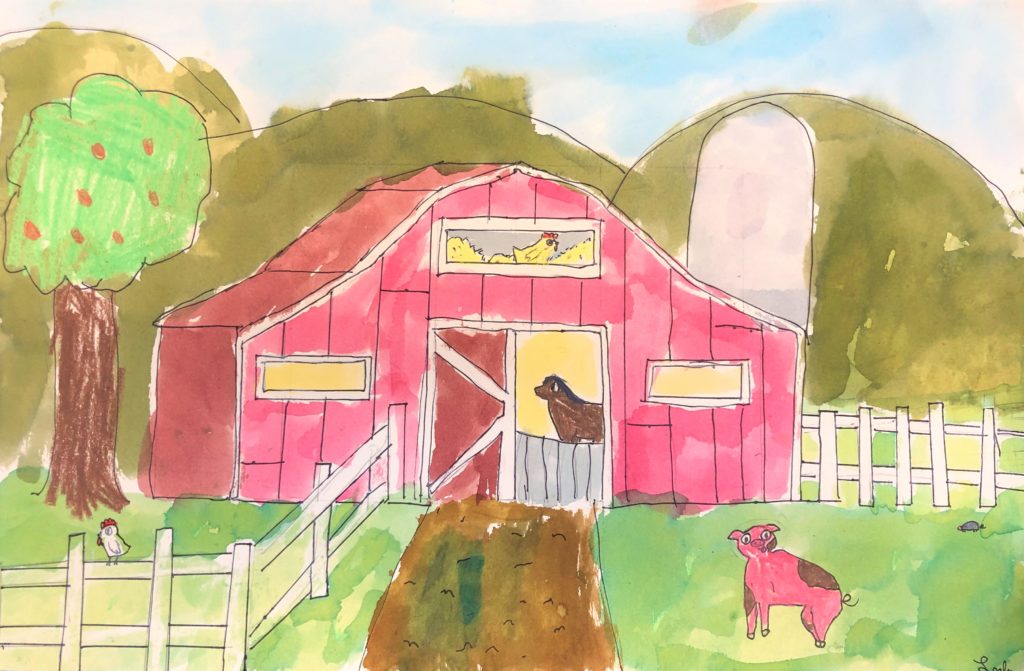


Leave a Reply